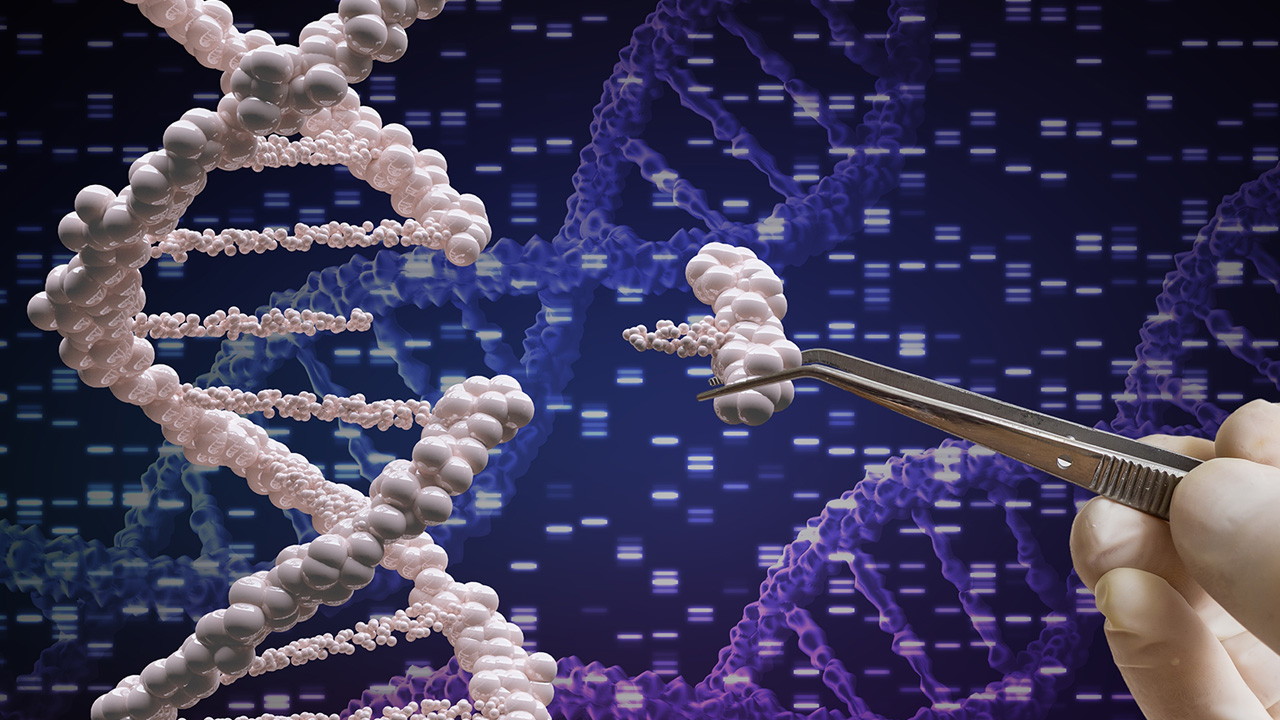Introduction to Genetic Engineering: Unleashing the Power of DNA
The Detailed Process of Genetic Engineering: Unraveling the DNA Blueprint
1. Identification of Target Gene: The journey into genetic engineering begins with the identification of the specific gene or genes responsible for the desired trait. Researchers pinpoint the genes associated with certain characteristics, whether it's disease resistance in crops or the production of a particular protein.
2. Isolation of DNA: Once the target gene is identified, scientists isolate the DNA containing that gene from the organism. This step often involves careful extraction techniques to obtain a pure sample of genetic material.
3. Cutting and Splicing: With the target gene in hand, researchers use specialized enzymes, such as restriction enzymes, to cut the DNA at specific points. The gene of interest is then spliced out from the rest of the DNA, creating a distinct fragment.
4. Selection of Vector: To introduce the isolated gene into the host organism, a vector is chosen. Common vectors include plasmids (small, circular DNA molecules) or viral vectors. These carriers play a crucial role in transporting the foreign gene into the host organism's cells.
5. Insertion of Target Gene: The isolated gene is integrated into the chosen vector, creating a recombinant DNA molecule. This process is facilitated by enzymes like DNA ligase, which join the cut ends of the target gene to the vector.
6. Transformation of Host Cells: The recombinant DNA, now hosted in a vector, is introduced into the cells of the host organism. This transformation is achieved through various methods, such as electroporation or the use of gene guns. The host cells take up the modified genetic material.
7. Selection and Screening: To identify which cells successfully integrated the target gene, scientists use selection markers. These markers, often genes conferring resistance to specific antibiotics, allow for the differentiation of transformed cells from those that did not incorporate the foreign DNA.
8. Culturing and Growth: The selected transformed cells are cultured and allowed to grow under controlled conditions. This stage aims to encourage the reproduction of cells that now carry the desired genetic modification.
9. Expression of the Gene: As the transformed cells proliferate, the inserted gene is expressed. This means that the information encoded in the gene is used by the host organism to produce the desired proteins or exhibit the targeted trait.
10. Verification and Testing: The final step involves rigorous verification and testing of the modified organism. Researchers assess its stability, functionality, and performance against predetermined criteria. This comprehensive evaluation ensures the success of the genetic engineering process.
Genetic engineering holds vast potential across various fields, including agriculture, medicine, and industry. However, ethical considerations, safety precautions, and regulatory frameworks are crucial to responsibly harness the capabilities of this groundbreaking technology
Frequently Asked Questions (FAQs) About the Process of Genetic Engineering
Q1: What is genetic engineering?
A1: Geneticengineering is a scientific technique that involves manipulating the genetic material of organisms to introduce specific traits or modify existing ones.
Q2: Why is genetic engineering used?
A2:Genetic engineering is employed for various purposes, including improving crop yields, developing disease-resistant plants, producing medicines, and enhancing characteristics in organisms for beneficial purposes.
Q3: How is the target gene identified in genetic engineering?
A3: The target gene is identified based on the desired trait. Scientists study the genetic makeup of organisms and pinpoint the specific genes responsible for the characteristics they want to modify.
Q4: What is a vector in genetic engineering?
A4: A vector is a carrier, often a plasmid or viral vector, used to transport the target gene into the cells of the host organism during genetic engineering.
Q5: How is the target gene inserted into the host organism's DNA?
A5: The target gene is integrated into the host organism's DNA by using enzymes like DNA ligase, which join the cut ends of the target gene with the vector, creating a recombinant DNA molecule.
Q6: What is transformation in genetic engineering?
A6: Transformation is the process where the recombinant DNA is introduced into the cells of the host organism. Various methods, such as electroporation or gene guns, are used to achieve this.
Q7: What are selection markers in genetic engineering?
A7: Selection markers are genes, often conferring resistance to specific antibiotics, used to identify and select cells that have successfully integrated the target gene during the genetic engineering process.
Q8: How is the expression of the gene achieved?
A8: The expression of the gene occurs as the transformed cells proliferate. The information encoded in the inserted gene is used by the host organism to produce the desired proteins or exhibit the targeted trait.
Q9: What is the importance of testing and verification in genetic engineering?
A9: Testing and verification ensure the success and safety of the genetic engineering process. Researchers assess the stability, functionality, and performance of the modified organism against predetermined criteria.
Q10: Are there ethical considerations in genetic engineering?
A10: Yes, ethical considerations are crucial in genetic engineering. Responsible and ethical use of this technology involves addressing potential risks, ensuring safety, and adhering to regulatory frameworks to prevent misuse or unintended consequences.






.jpg)
0 Comments